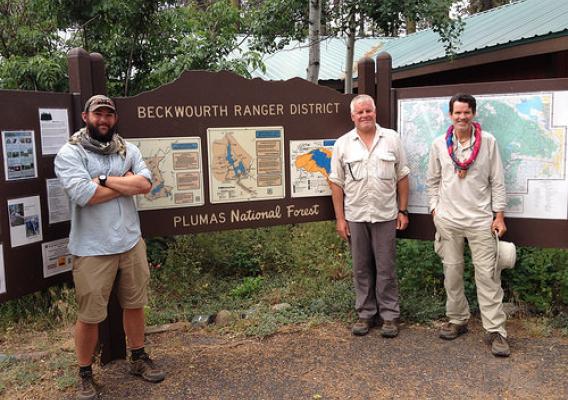The following guest blog is part of our Cafeteria Stories series, highlighting the efforts of hard working school nutrition professionals who are dedicated to making the healthy choice the easy choice at schools across the country. We thank them for sharing their stories!
By Linda Mailhot, Head Cook, Mount Desert Elementary School in Northeast Harbor Maine on September 24, 2014
Mount Desert Elementary School (MDES) is a small school with a big vision, located on Mount Desert Island off the coast of Maine. Here we strive to promote a healthy lifestyle for our students through physical activity and nutrition education.
The cafeteria is the biggest classroom in the school where students are taught to make healthy choices for themselves beginning in kindergarten. Students progress each day through a fruit-and-vegetable bar and an entrée station. Along this route they choose the nutritious and appealing foods they need to build a balanced meal according to the new school meal standards issued by USDA. Many of our entrée offerings are multinational, which is a great way to introduce students to nutritional foods from a variety of cultures. By empowering students in the cafeteria, they learn to make healthy choices for life.









